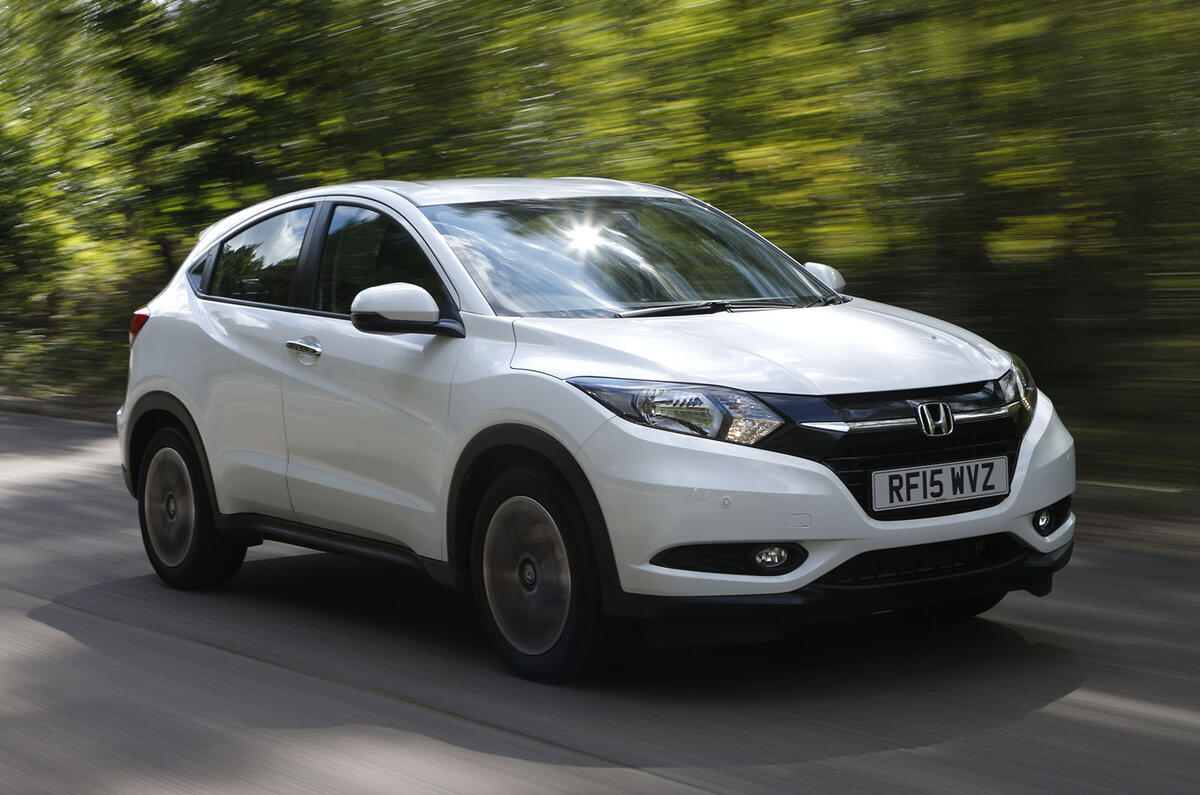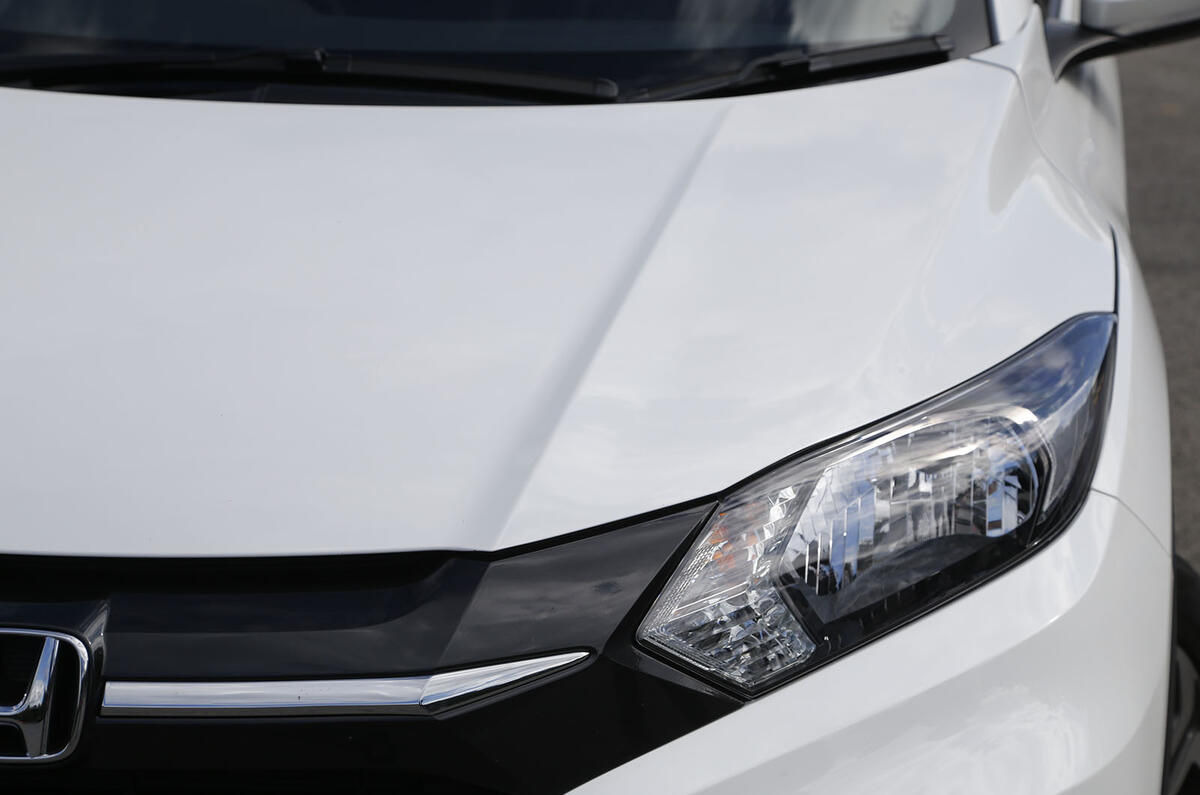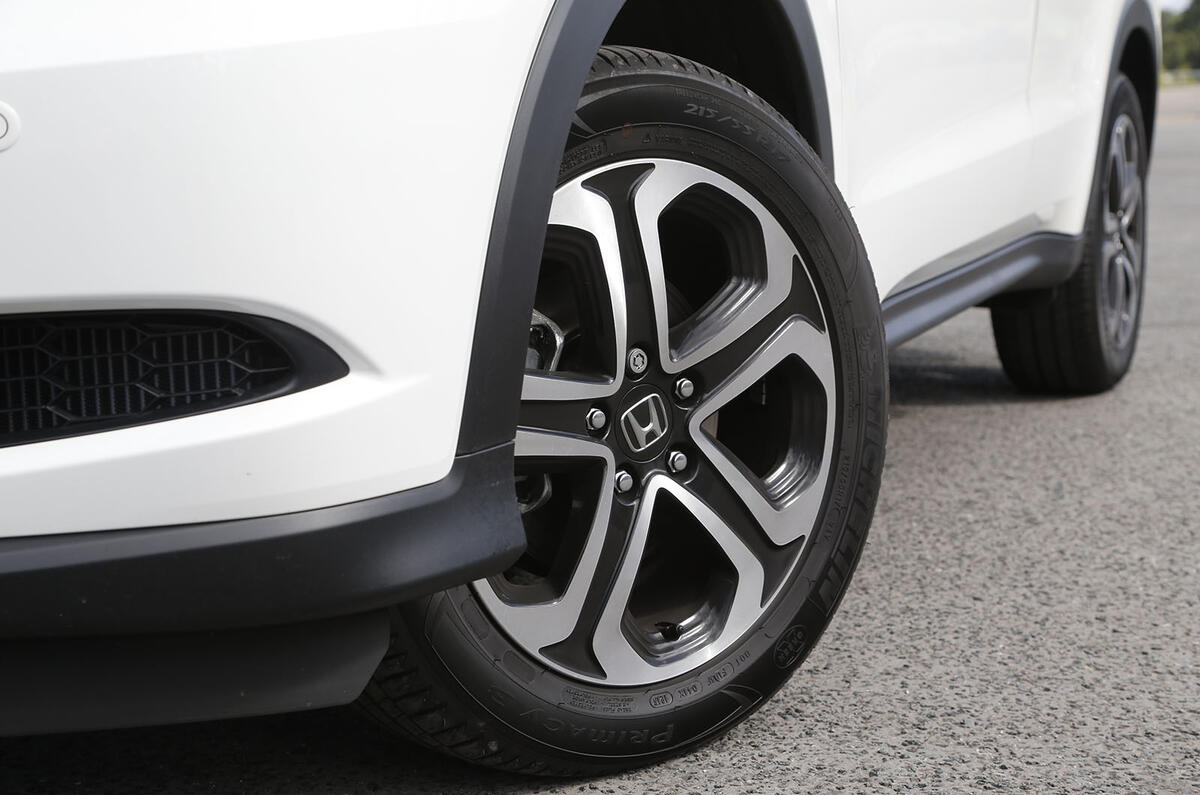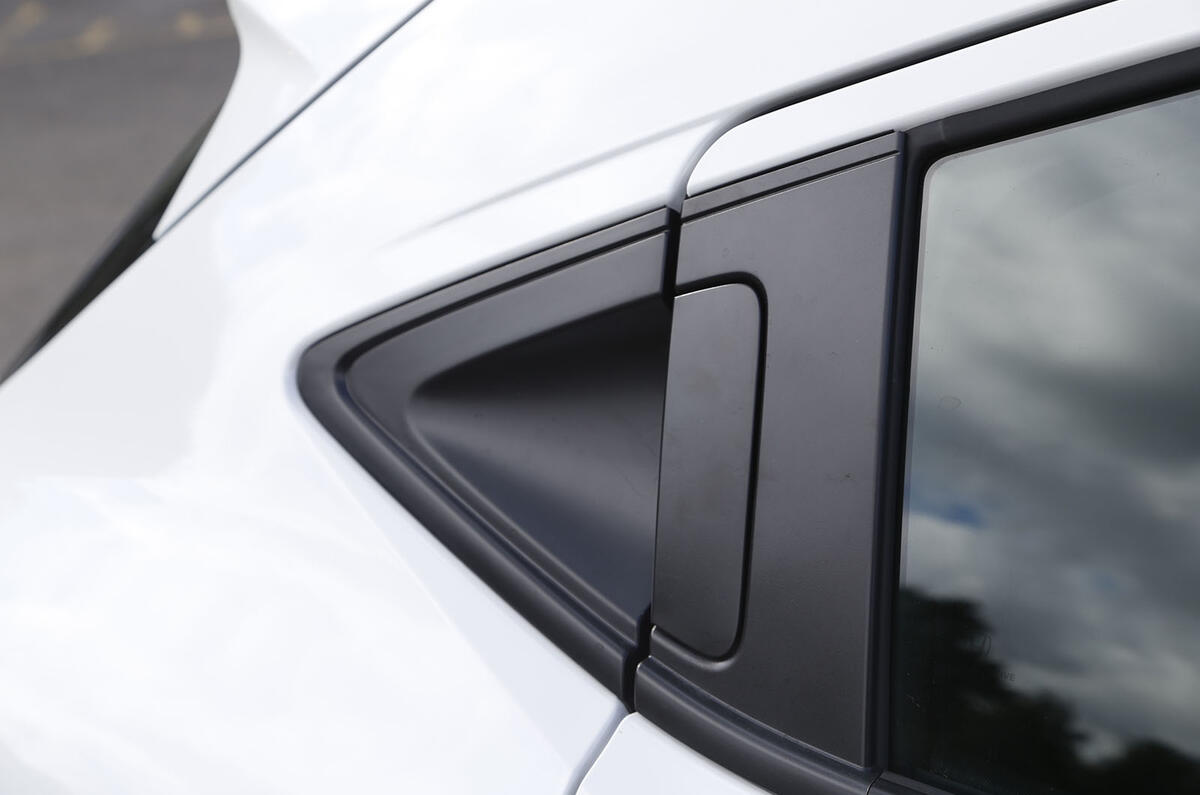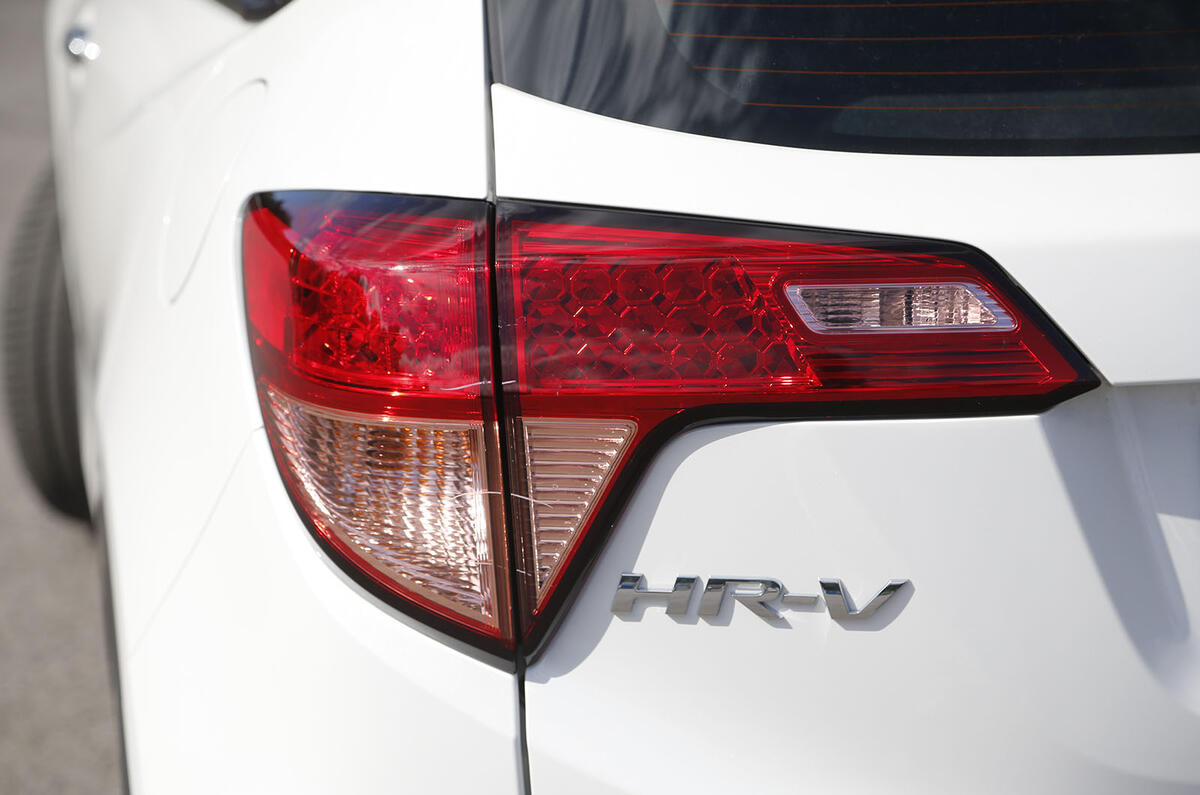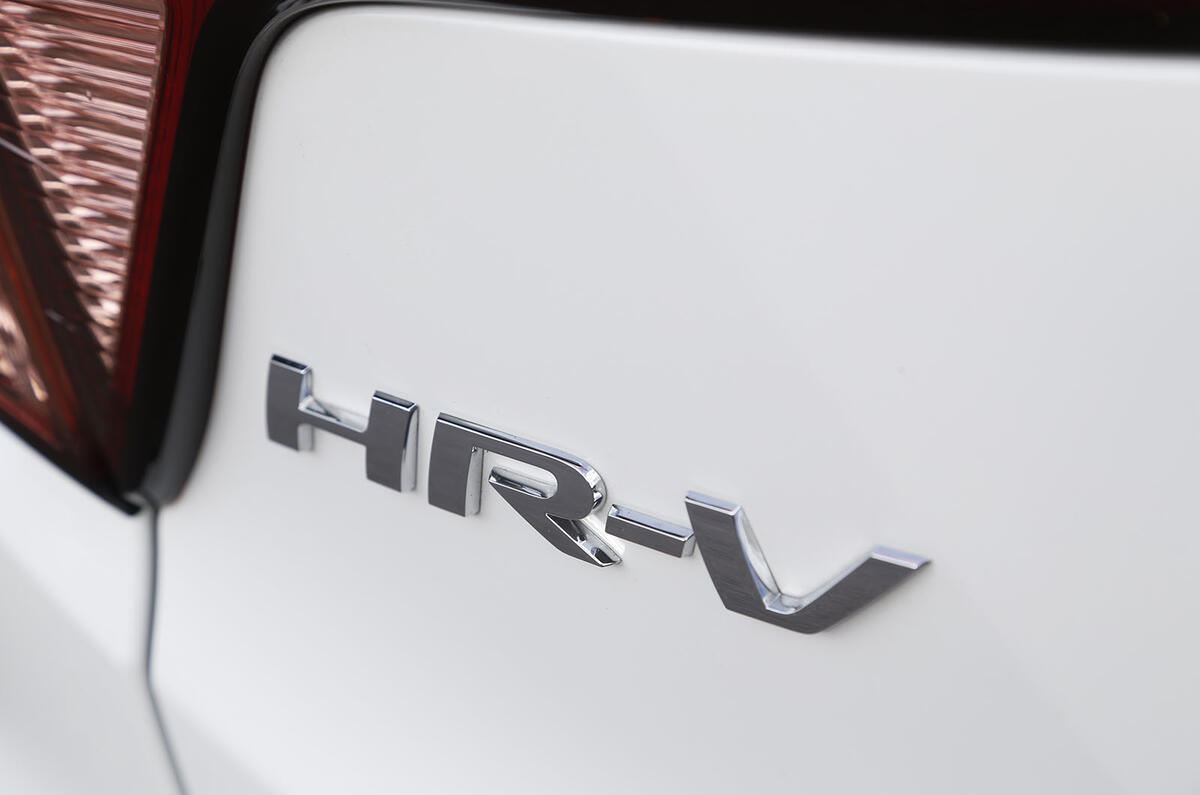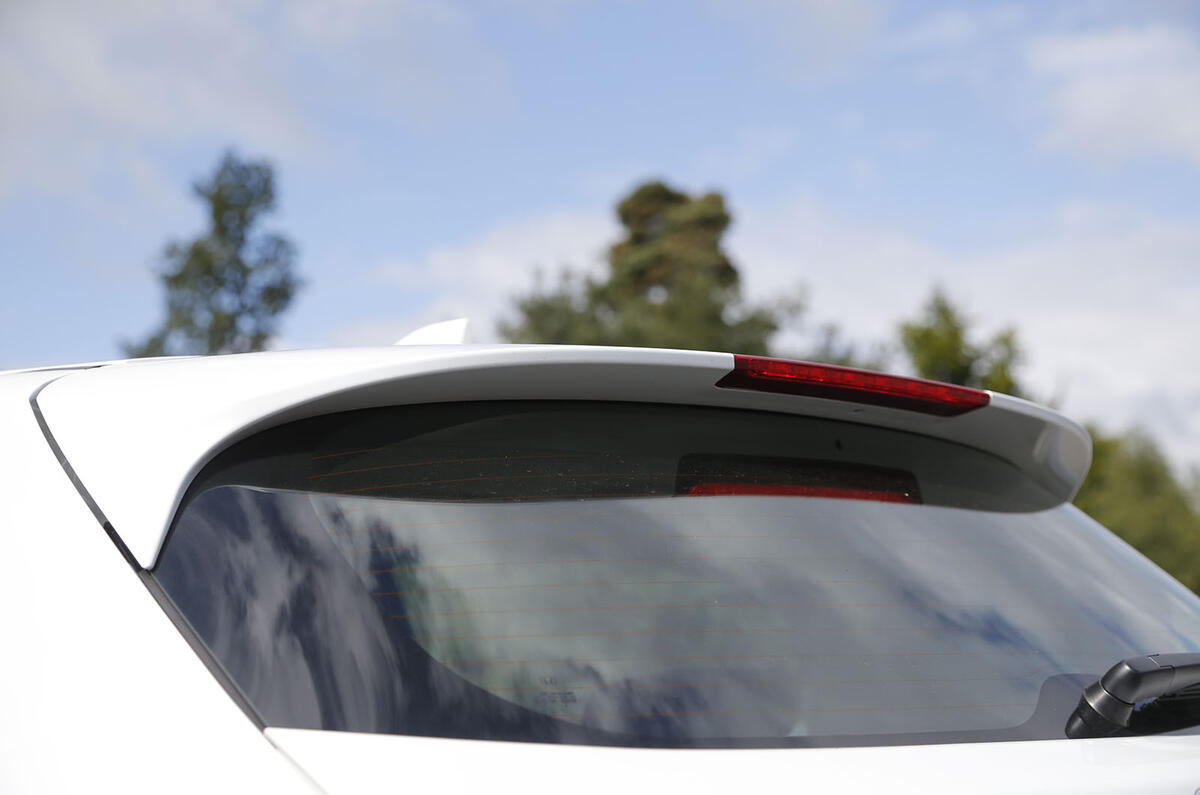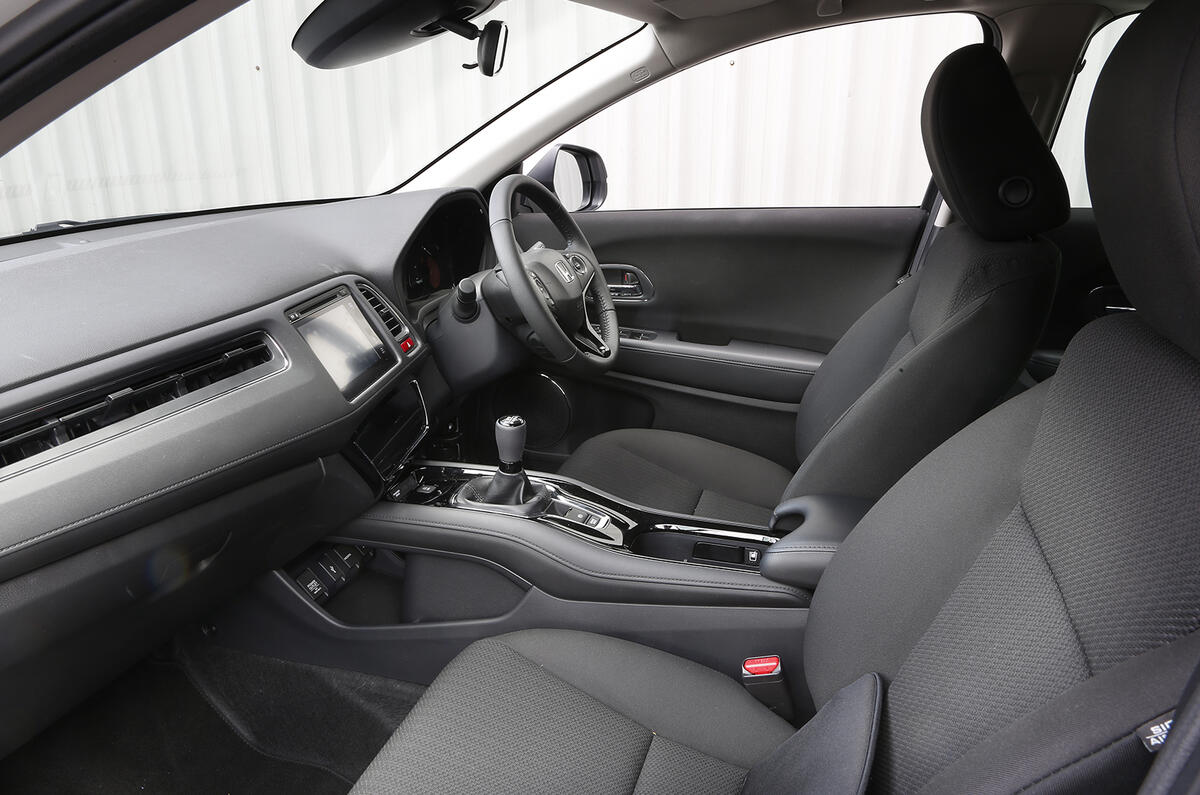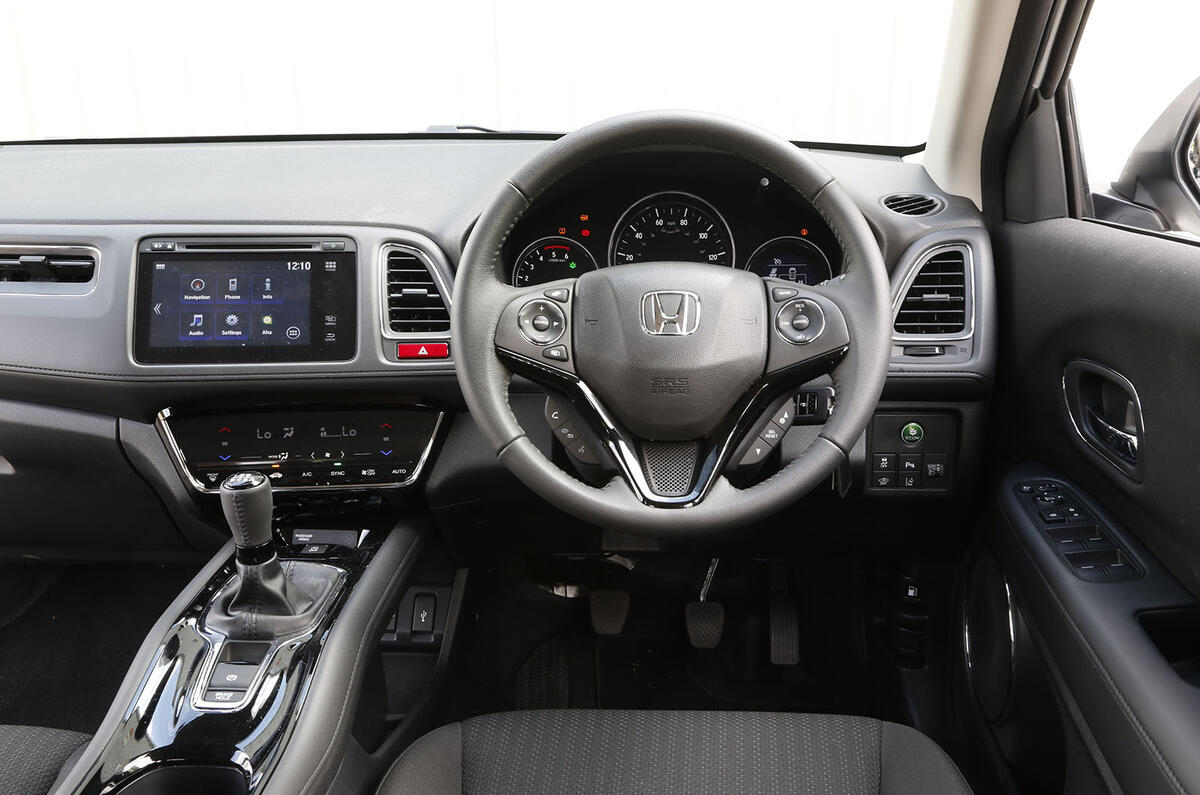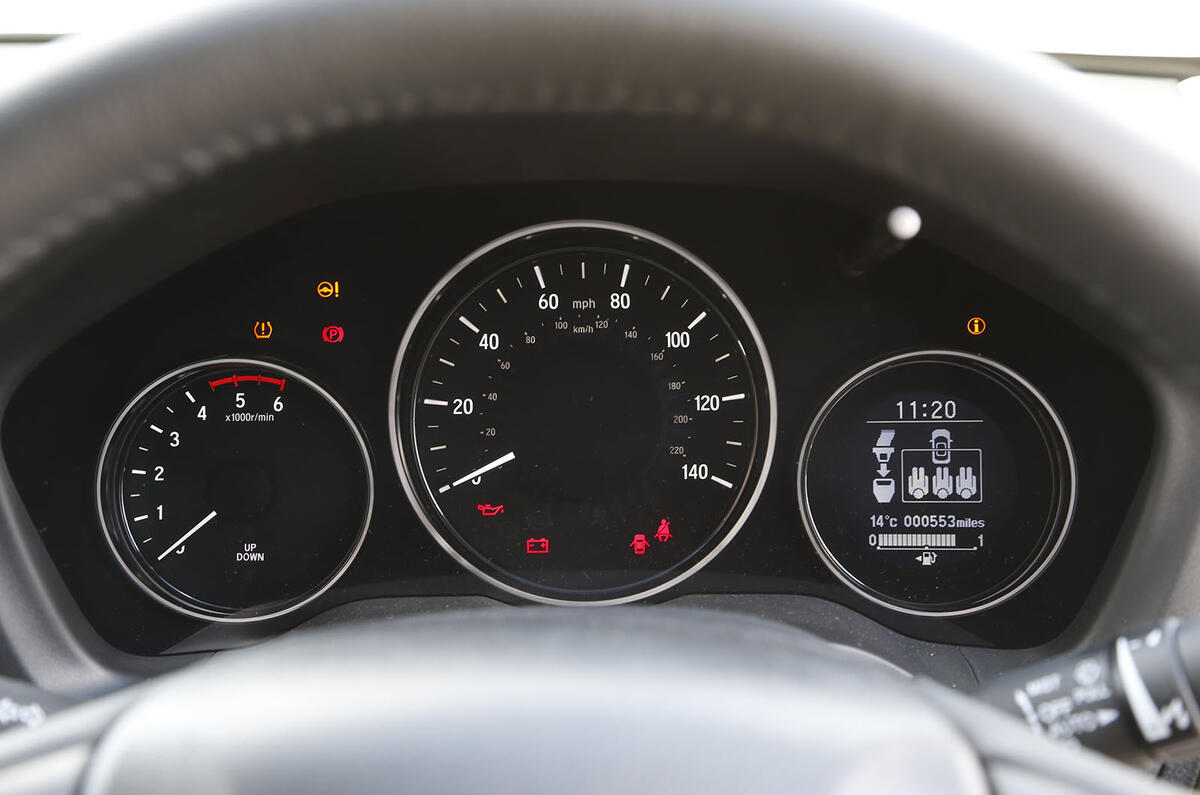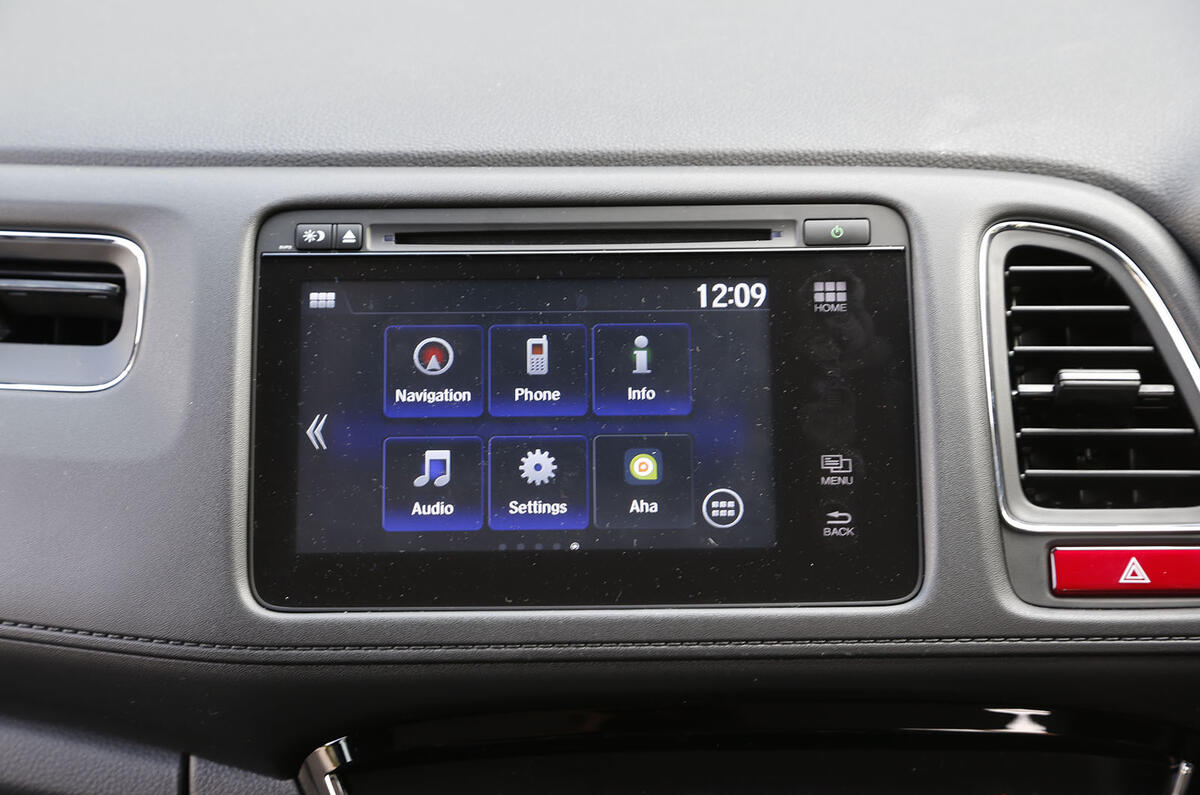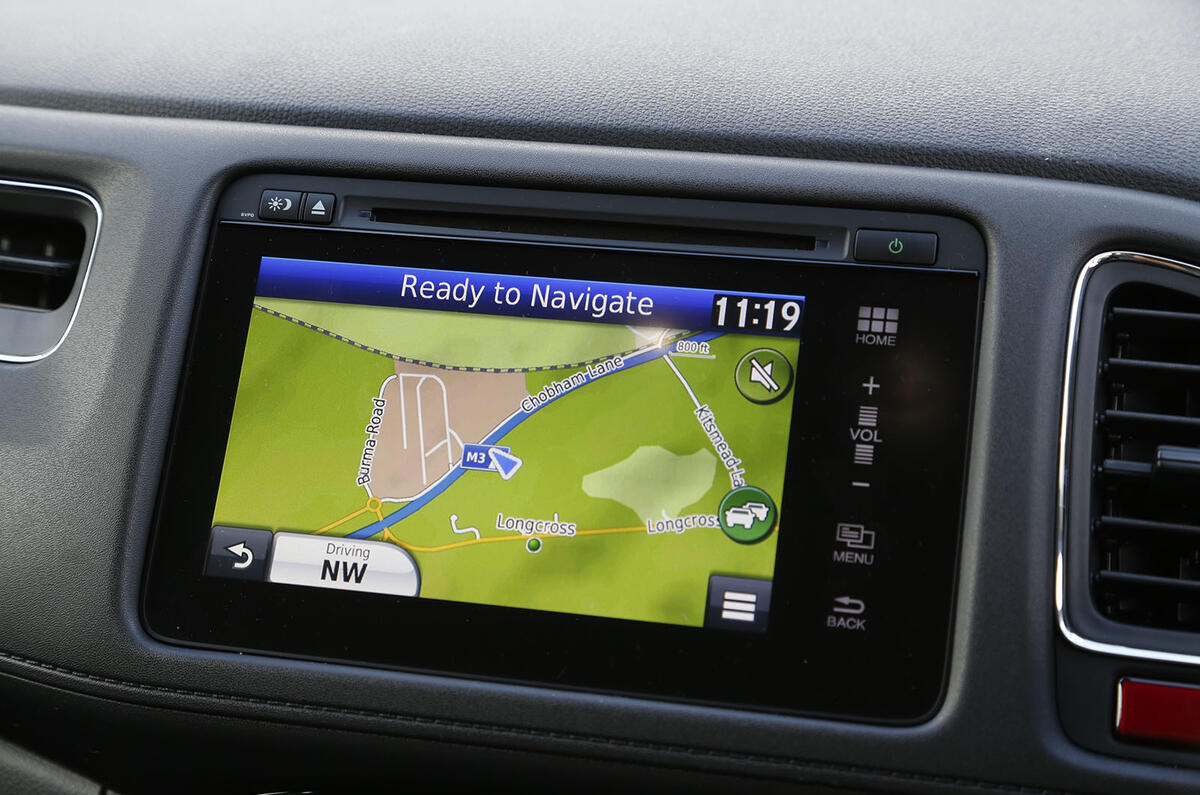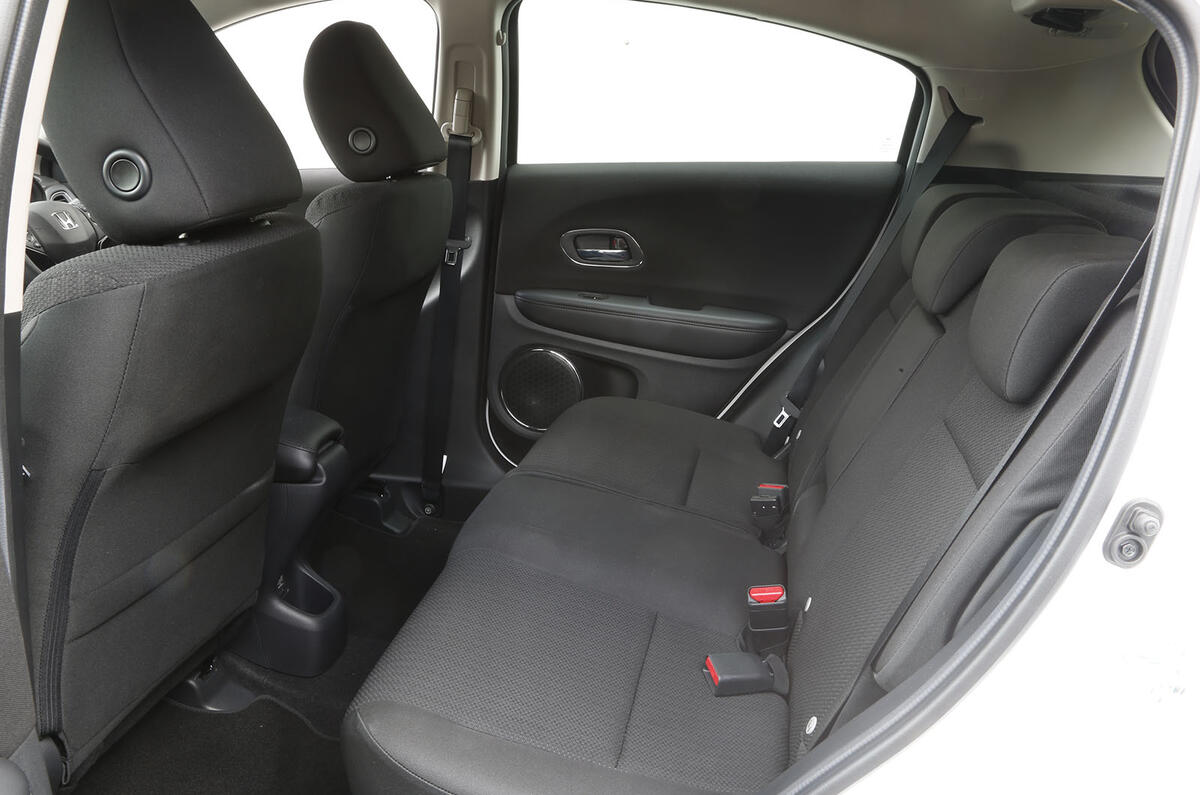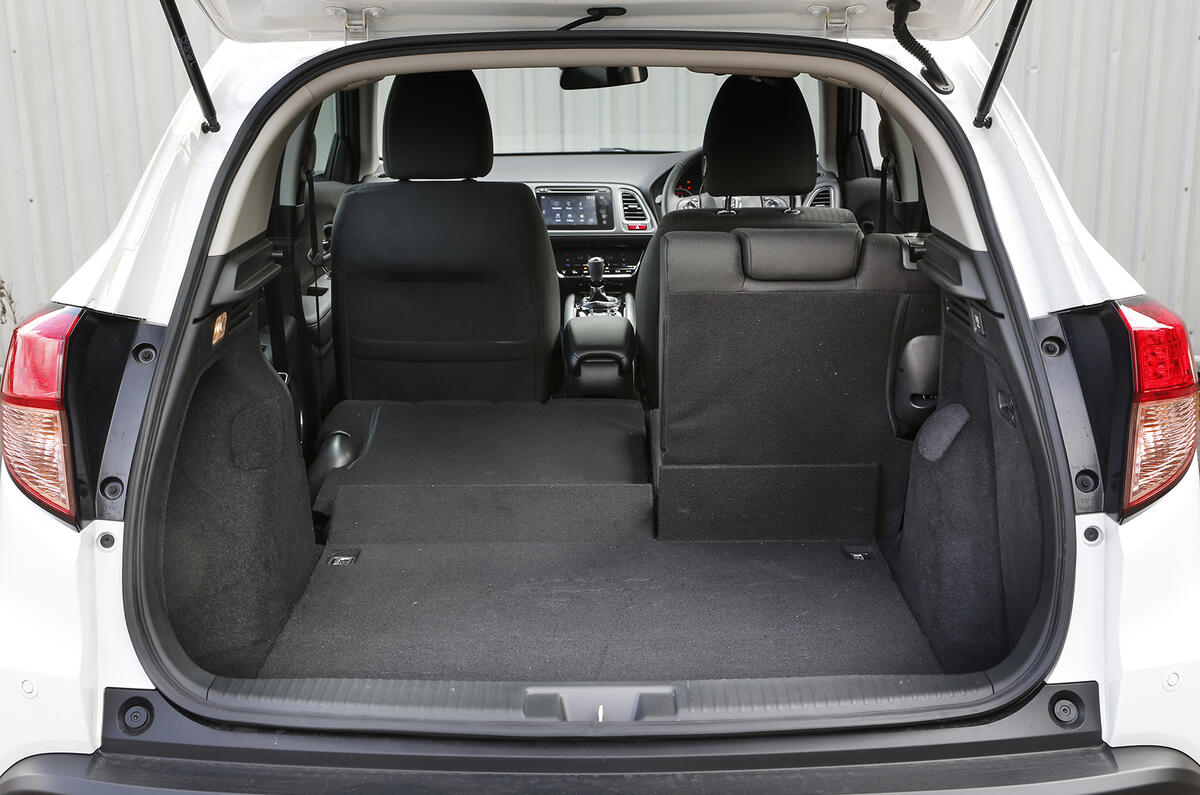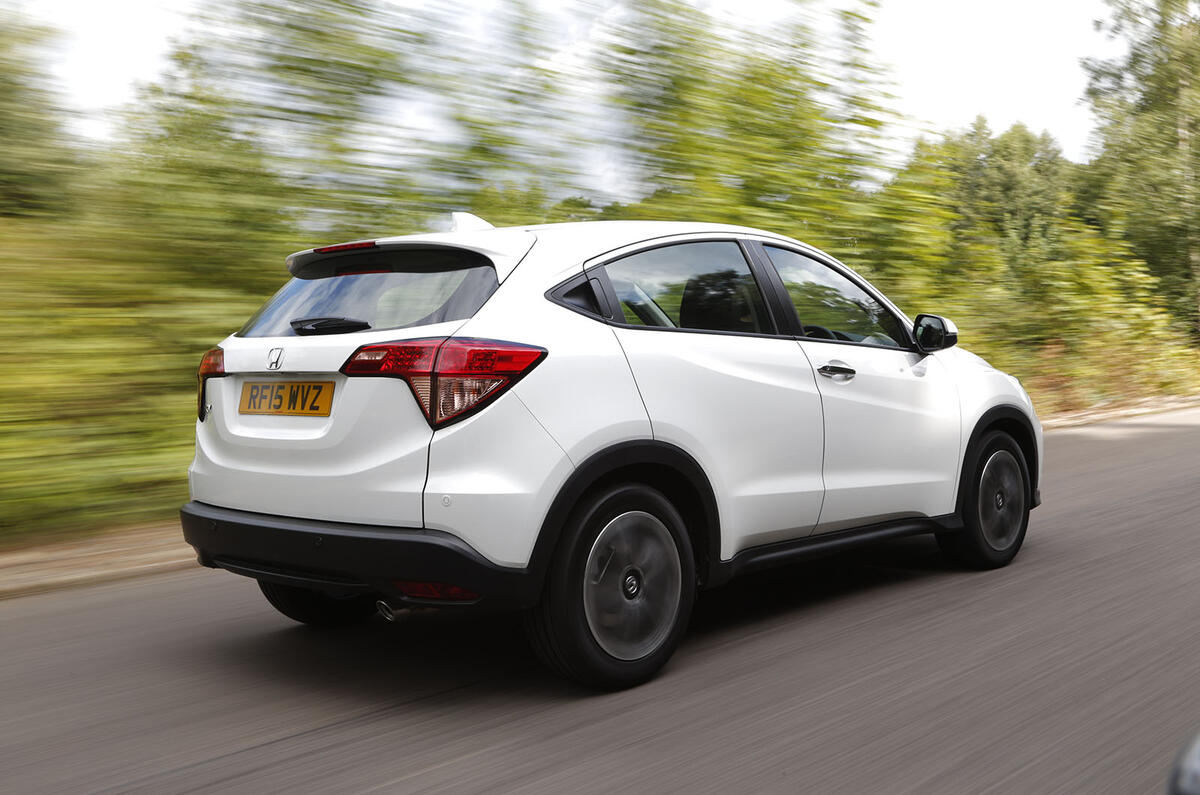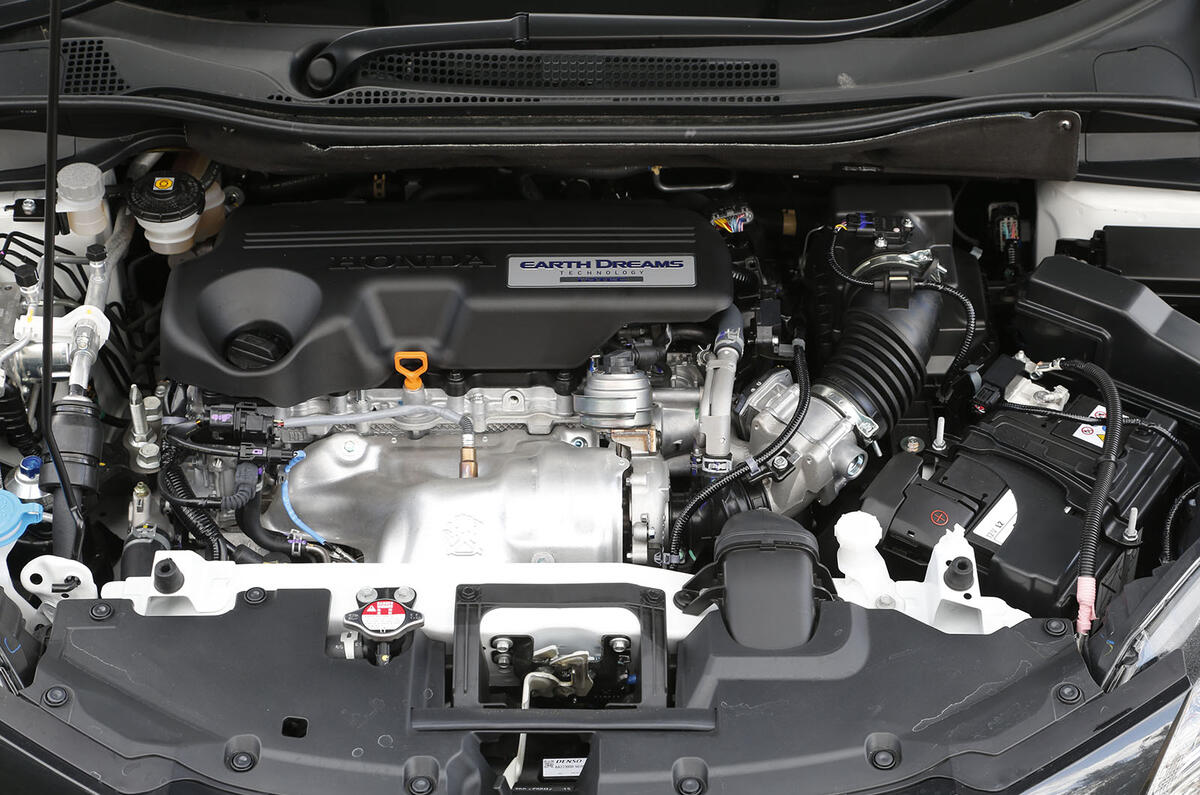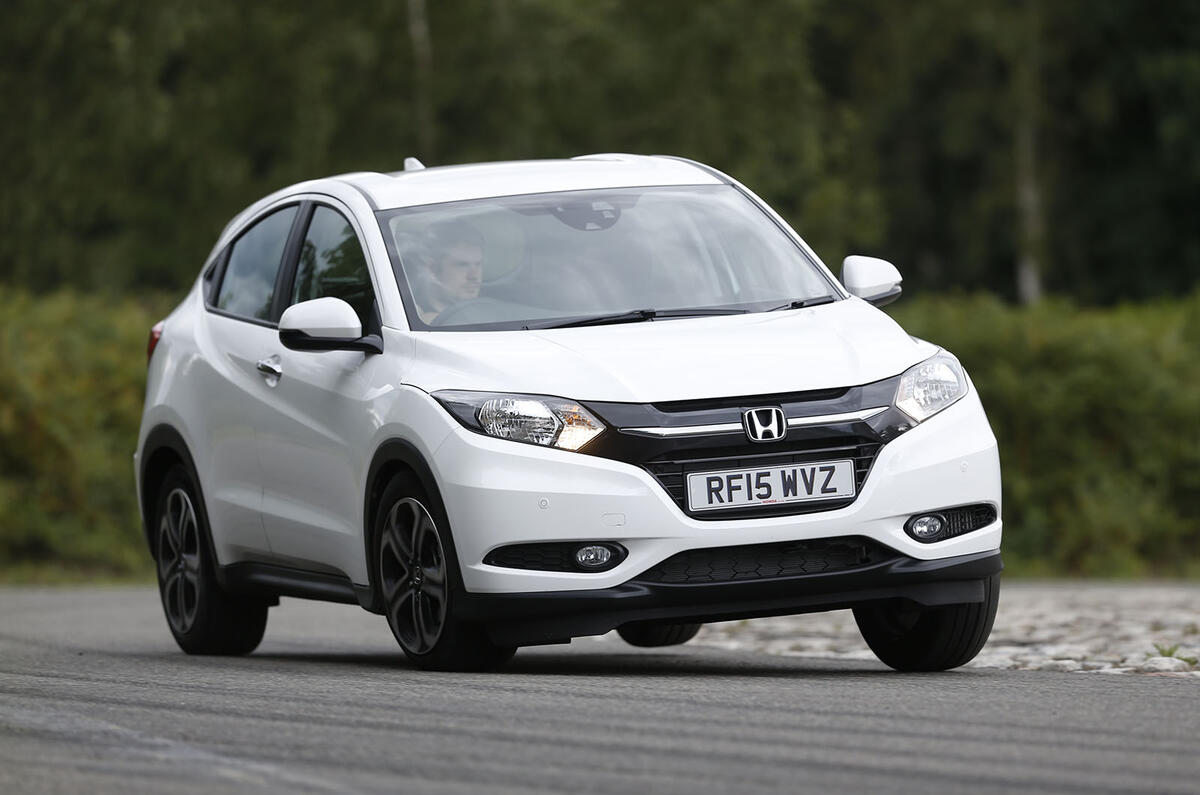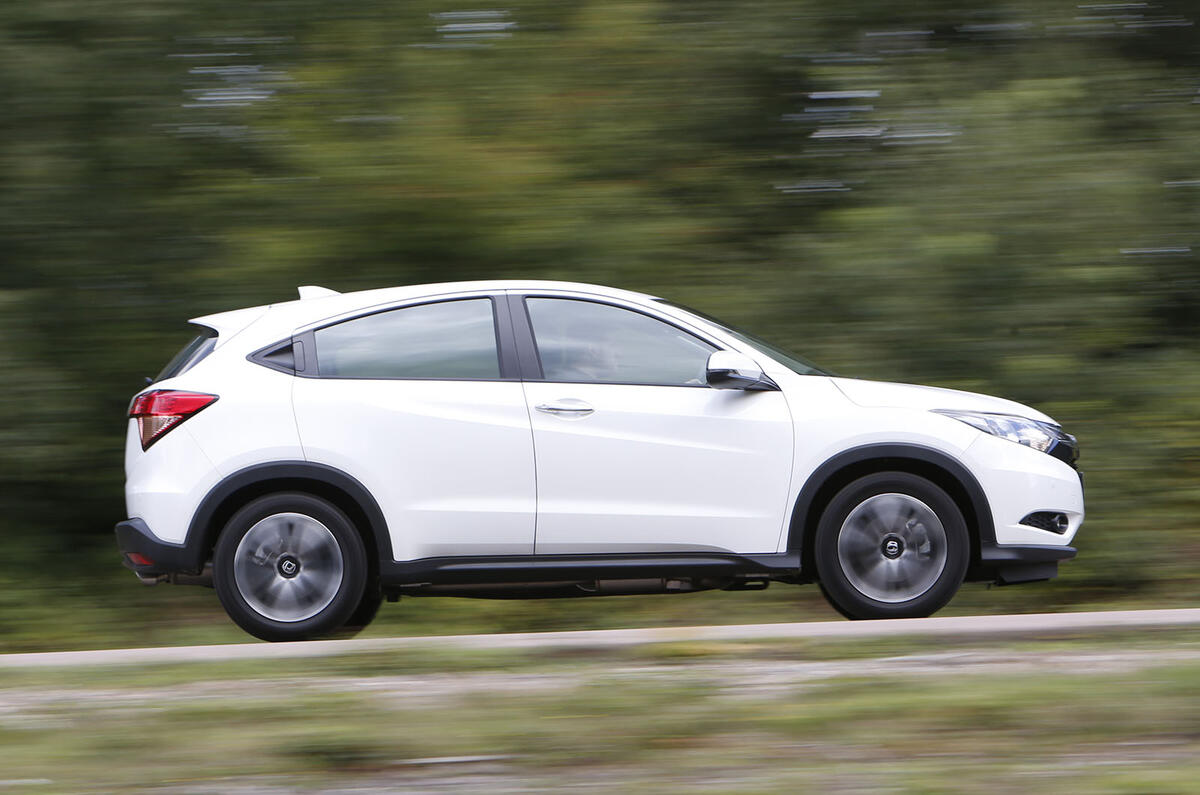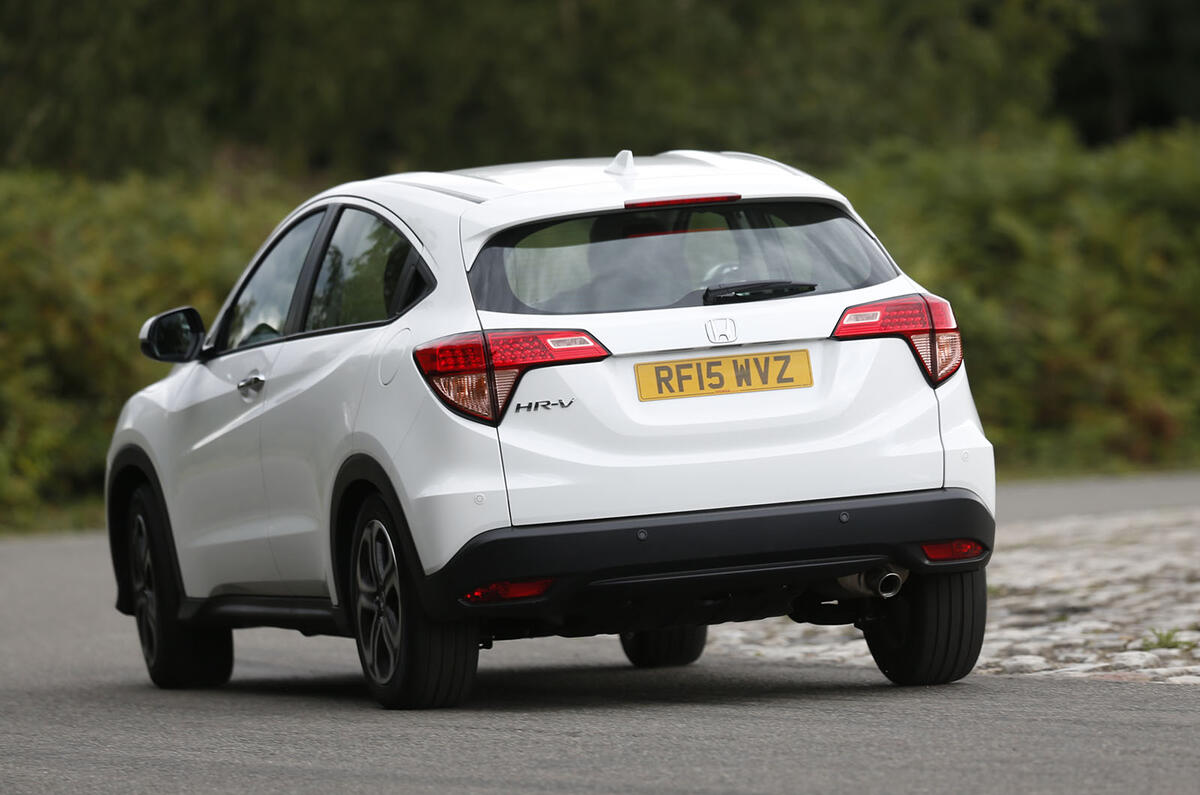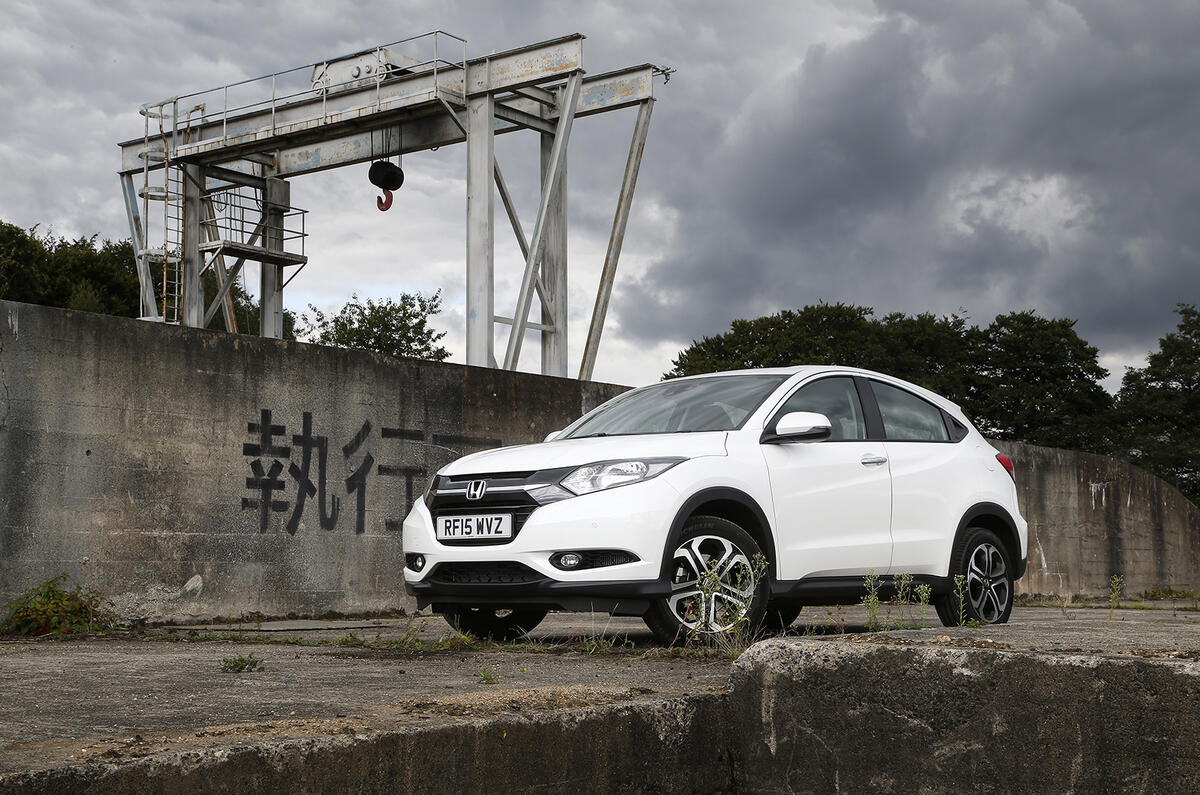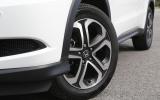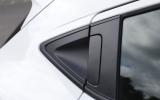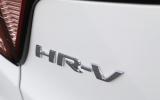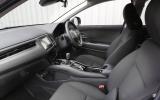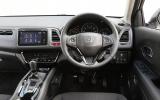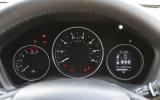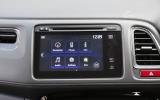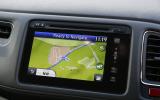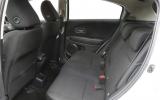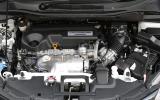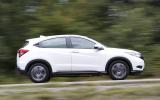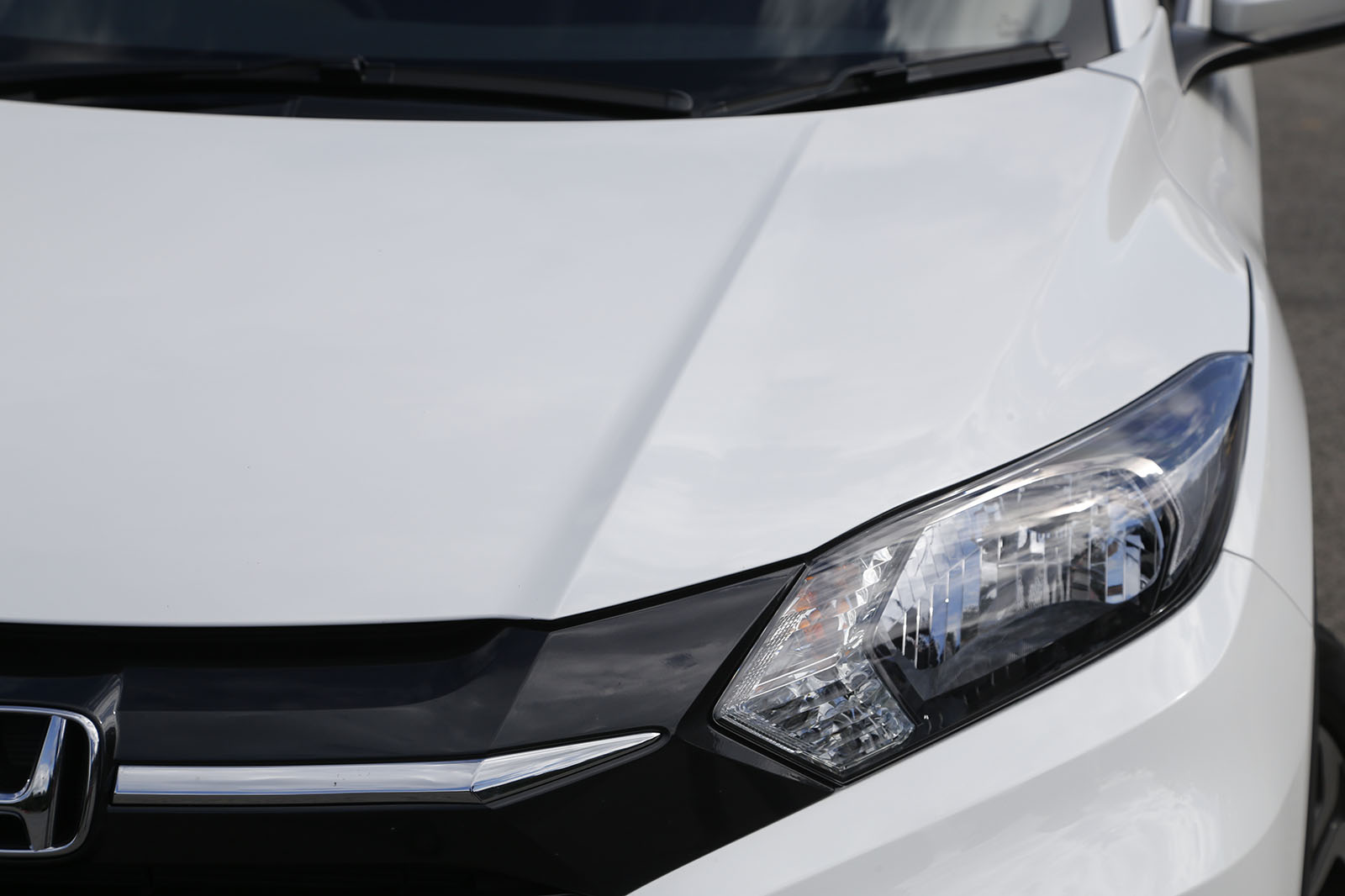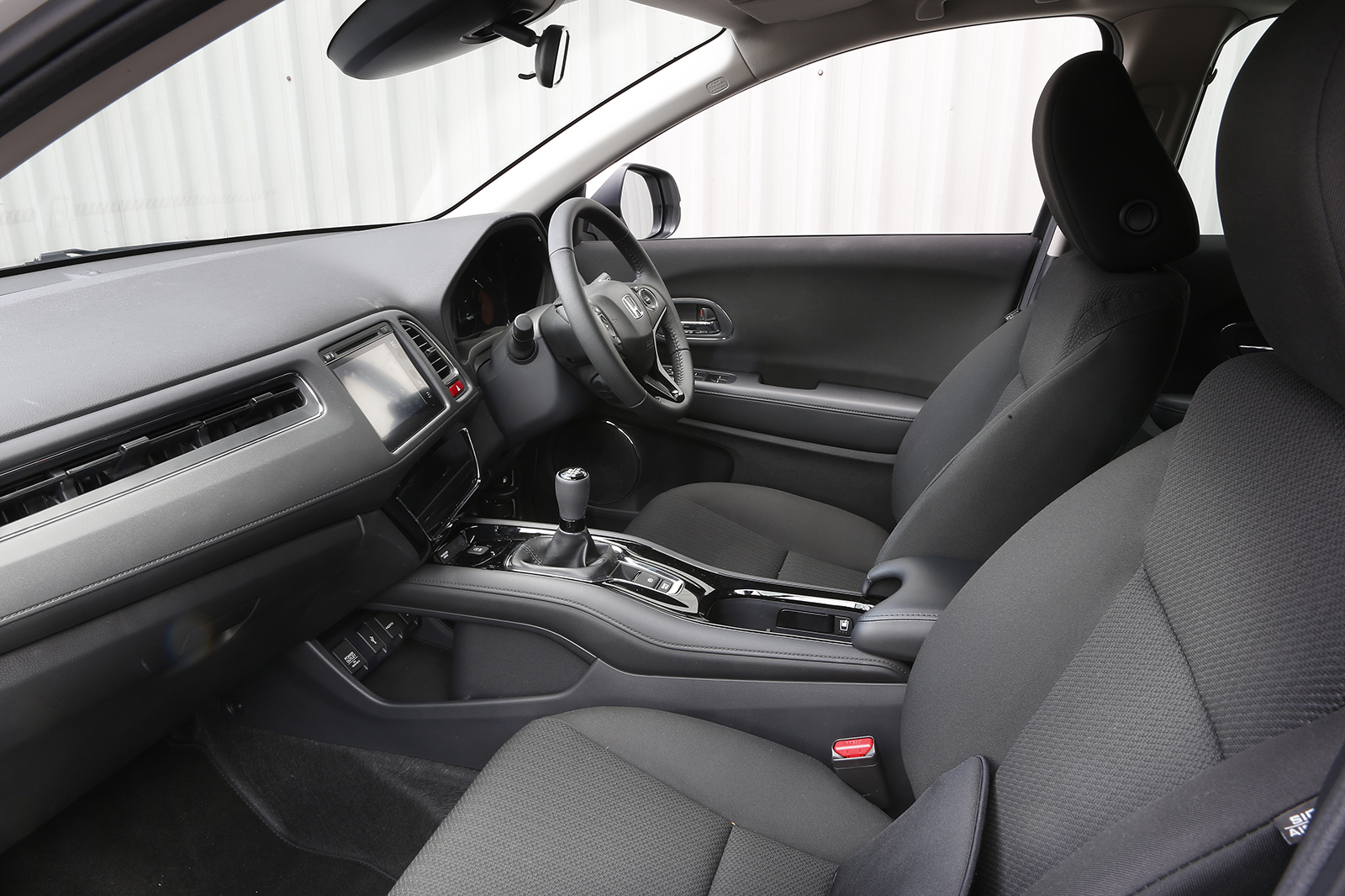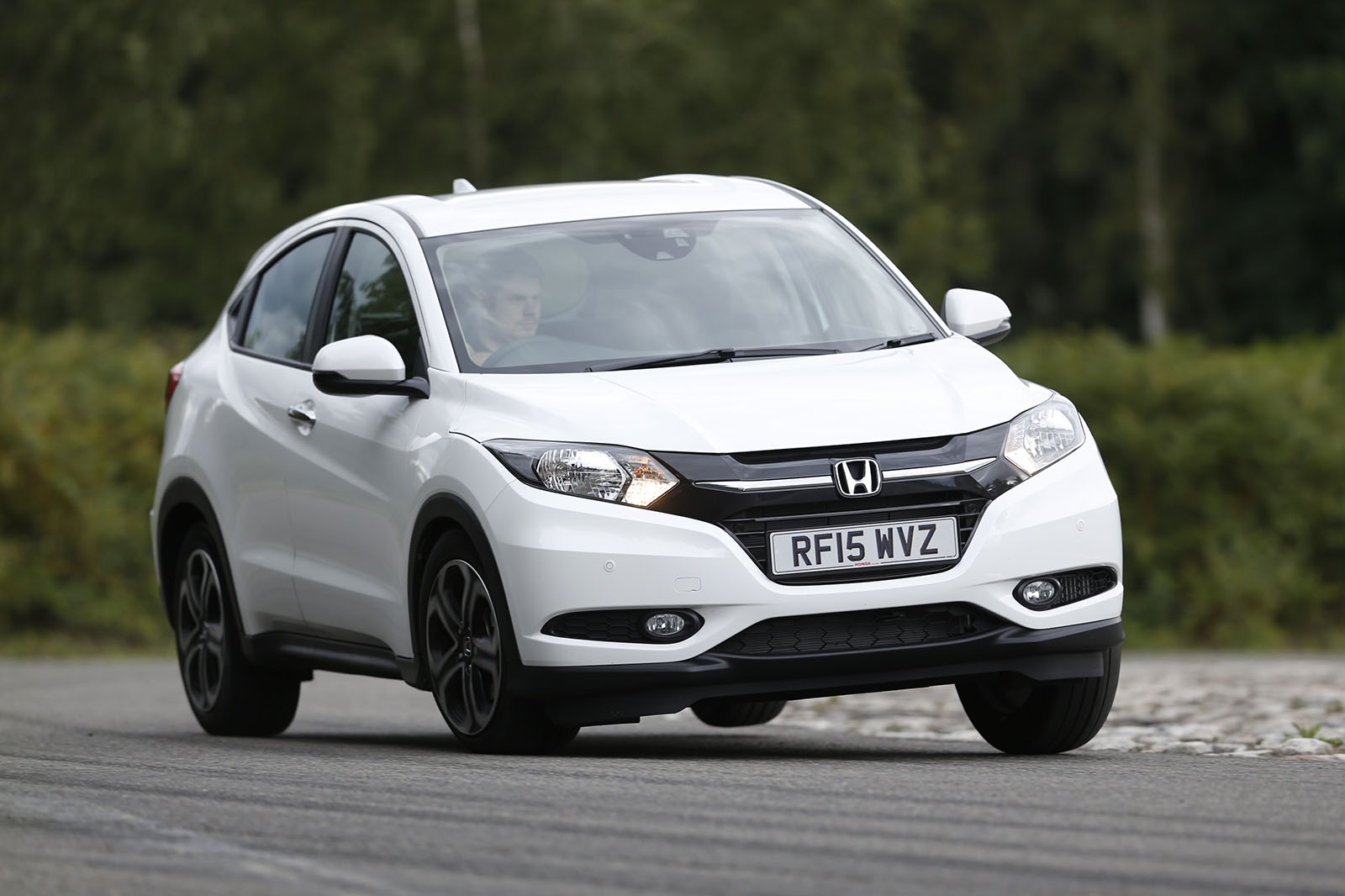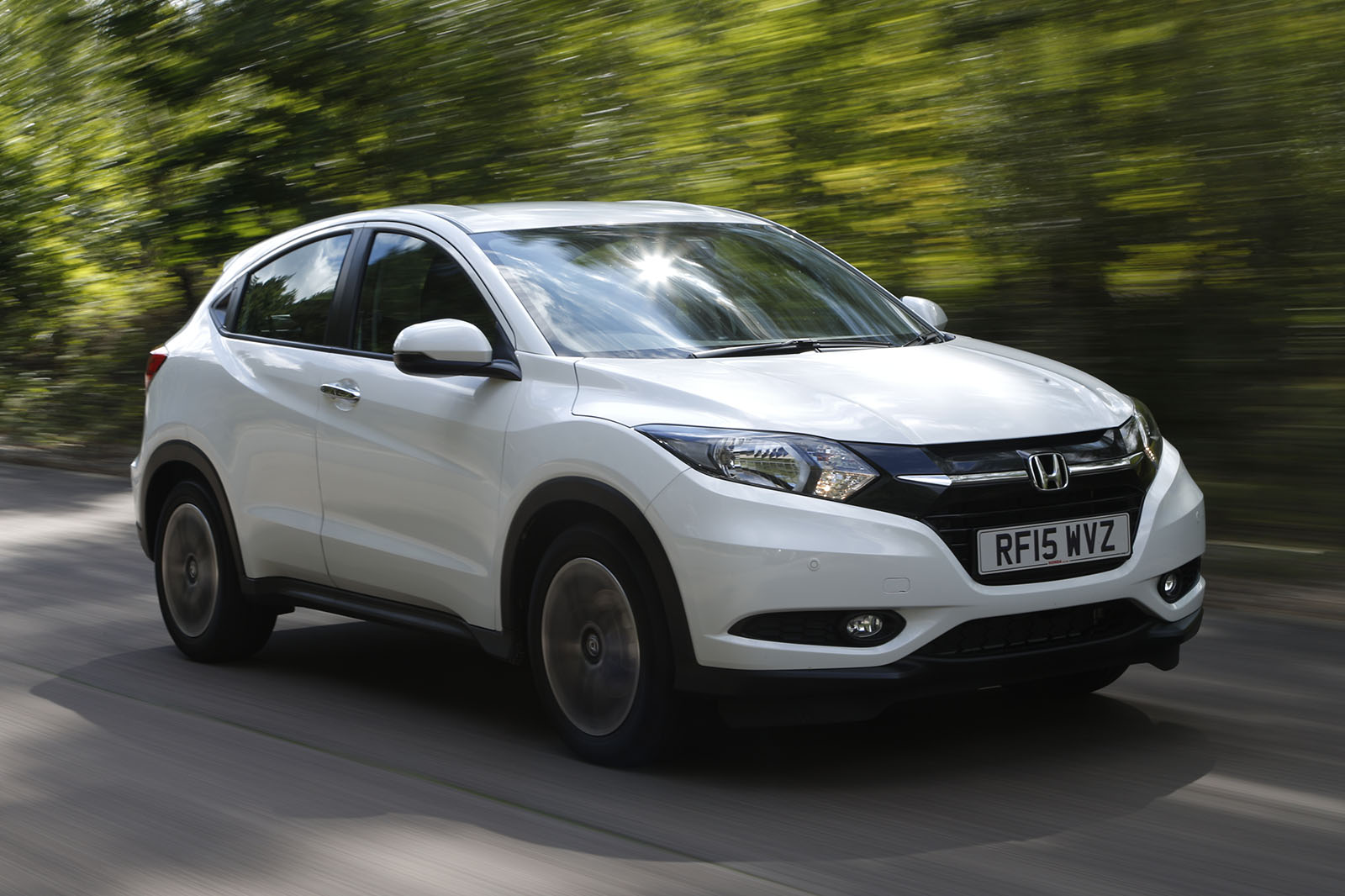As it does with the Jazz, Honda seeks to avoid pigeonholing the HR-V (or subjecting it to disagreeable comparisons) by suggesting that it occupies a slightly unorthodox market position. Consequently, although it is heavier than some rivals and notably more expensive than others, the manufacturer would prefer to draw your attention inside, where, much like the Jazz, it claims to have brought MPV-style spaciousness to the crossover segment.
This is true partly by virtue of the fact that the HR-V is a little bigger than many of the other supermini-based cars, such as the Mazda CX-3, Renault Captur and Peugeot 2008. In fact, it’s only slightly smaller than a Nissan Qashqai and nearly as roomy inside. Rear leg and head room are generous, and thanks to the aforementioned Magic Seat system, the car offers a variety of internal configurations.
Having the option to fold away the front passenger seatback to accommodate items of almost 2.5 metres in length or lock the rear seat base vertically to stow anything up to 1.2m tall is just the kind of practicality that small crossovers usually intimate – and then fail to deliver. On its own, the boot is capacious, at 453 litres (although not exemplary in its dimensions), and offers a pleasingly flat total load space of 1026 litres.
Elsewhere, it’s sturdily Honda. Which is to say conservative, carefully assembled, legible and largely forgettable. Hard plastics aren’t unusual in the class, but the HR-V still has too many of them, and kooky details like embossing one join with fake stitching do it no favours. The needlessly big passenger-facing air vents appear to have time-warped in from 20 years ago. The counterbalance comes in the shape of a touch-sensitive climate control panel, which looks at odds with its surroundings and isn’t particularly satisfying to use.
As we mentioned before there are four trim levels to choose from - S, SE, SE Navi and EX. The entry-level trim comes fitted with Honda's flip up magic rear seats, Bluetooth connectivity, automatic headlights and city braking assistance, while upgrading to the SE spec adds 17in alloys, front and rear parking sensors, and Honda's 7.0in touchscreen infotainment system.
The headline addition to the SE Navi models is the inclusion of a Garmin-powered sat nav system, while the range-topping EX models get LED headlights and a panoramic sunroof.
Honda’s latest Connect infotainment system is pretty simple to get to grips with and, for the most part, is laid out logically. There are few physical buttons, so interacting with it requires constant stabbing at and swiping of the 7.0in touchscreen. Its responsiveness is so-so, although the infuriating need for two or three stabs is usually kept to a minimum.
There is a world of Android-based apps to get to grips with if you feel the need to explore beyond the DAB tuner and a multitude of media connections (which we didn’t). The Garmin sat-nav that gives the test car’s trim level its name is a functional software package. It’s well behind better manufacturer systems in its appearance and intuitiveness but is easily dependable enough to get you where you’re going without much fuss. The six-speaker, 180-watt audio system is similarly serviceable.
As promised, you sit high – possibly higher than you might in other cars that share a supermini’s platform, making you feel more perched than elevated. The sense of spaciousness up front isn’t quite as pronounced as it is behind, but it feels no more or less airy than a Qashqai would. Which is probably the kind of comparison Honda can live with.


